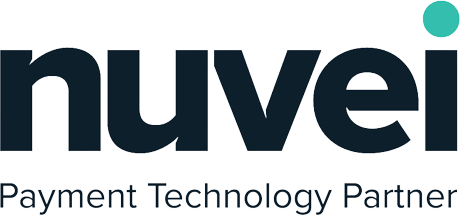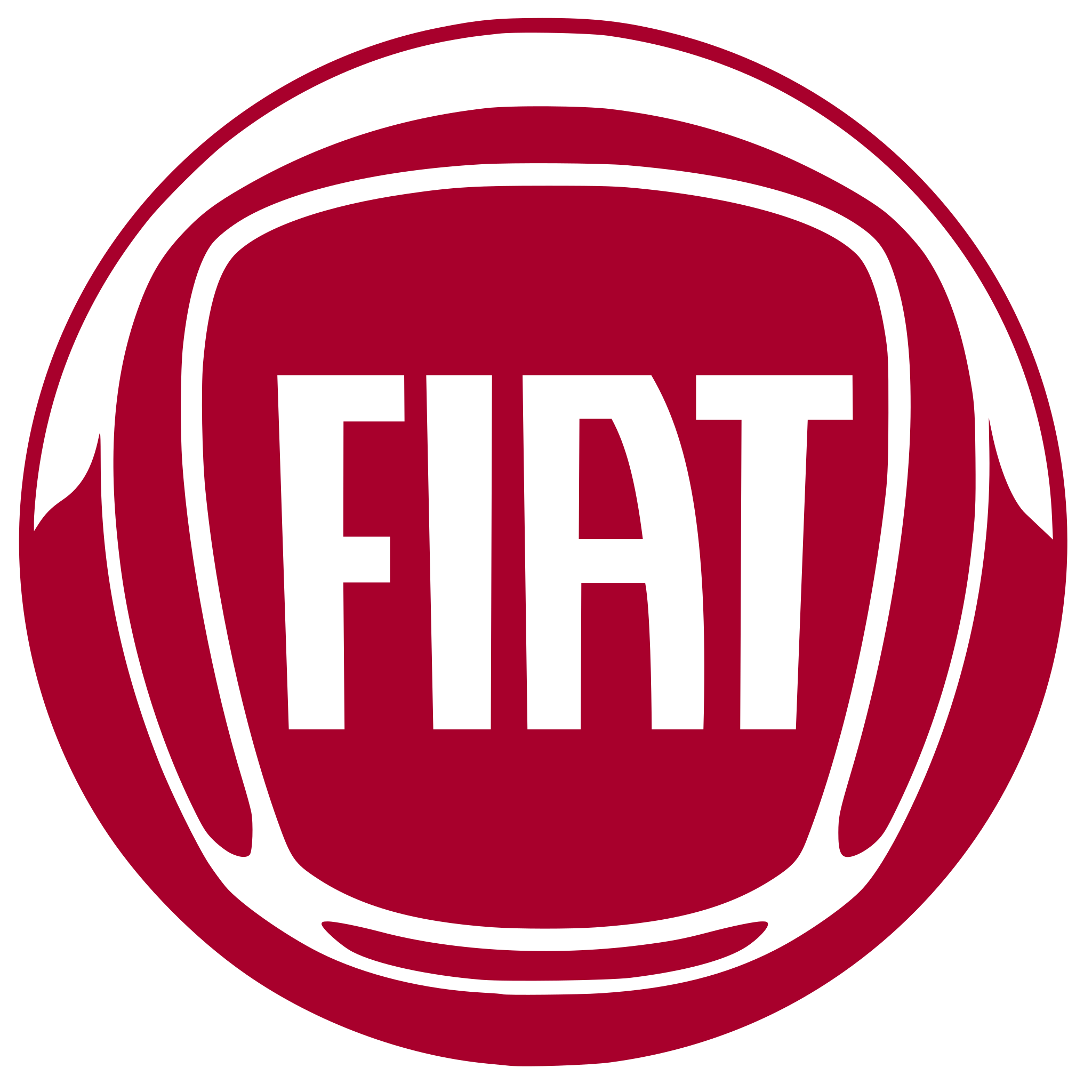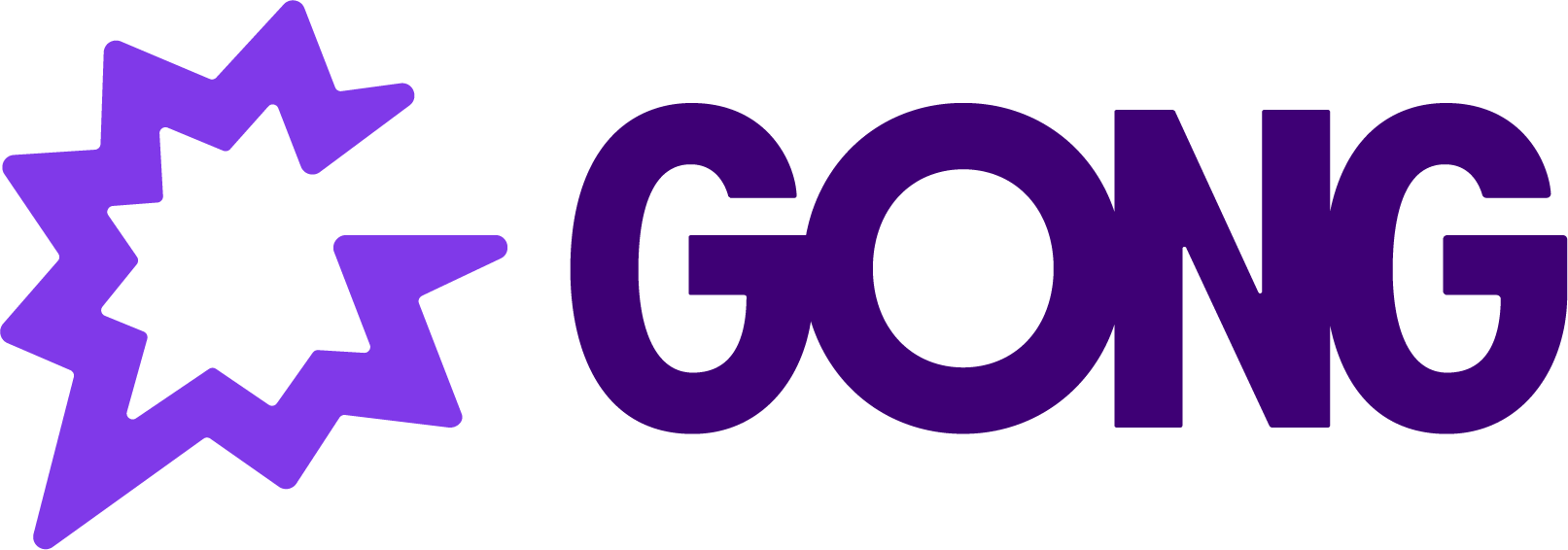Image Optimization
On-the-fly workflows, from your DAM to your users’ browsers.

Go Beyond Legacy Solutions
We at GlobalDots hunt for the most cutting edge and relevant technologies out there.
Once tested and found qualified we bring you the most certified innovative products out there for every pressing use case.
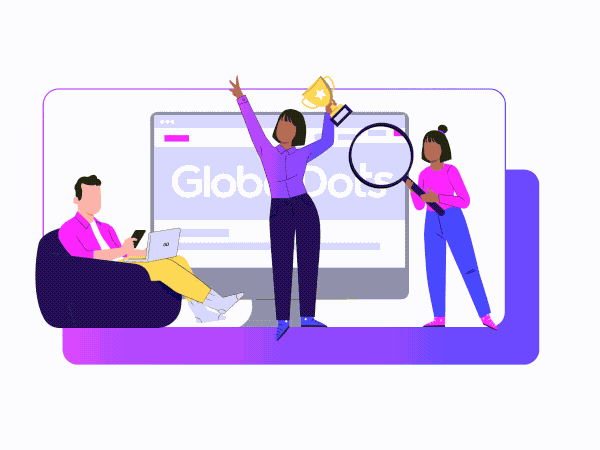
Your Benefits
 Superb Visual Experience
Superb Visual Experience
Allow the user to engage with your website faster, consume richer content, and increase turnover. We promote solutions that enhance the speed and quality of content display.

Fulfill the potential of visible SEO benefits in the medium term. Image quality is an important factor in Google SERP ranking. It applies to text-based searches, and even more so to image-based ones.

 Streamlined Workflows
Streamlined Workflows
Save time & storage on multiple image renditions. Chain automated DAM transformations to save the running of specific effects on your images.

 Look Better Anywhere
Look Better Anywhere
Optimize & enhance both your website images and those you promote via third parties, like social platforms, media channels, or marketing partners.

Why Image Optimization Matters
Learn the latest stats regarding web & mobile image performance, and the benefits of cloud-based image optimization to cater for the mobile surge challenges.
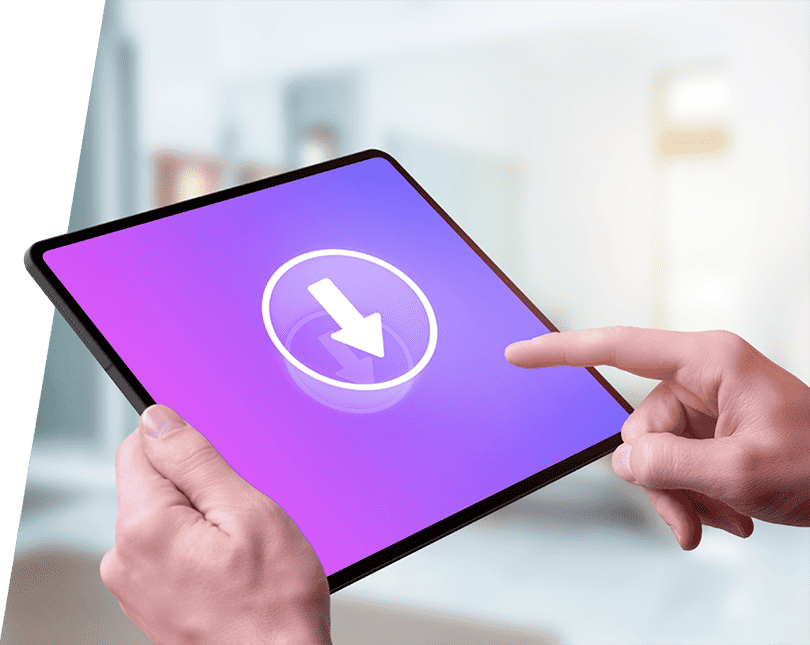
-
What is image optimization?
Image optimization is the process of reducing the file size of images while maintaining an acceptable level of visual quality to improve website performance. This involves selecting the right image format, applying compression techniques, and leveraging modern delivery methods to ensure images load quickly and efficiently across devices and networks.
-
Why Is Image Optimization Important?
- Improved Performance: Large, unoptimized images are one of the most common causes of slow-loading websites. Optimized images reduce page load times, leading to a better user experience.
- SEO Benefits: Faster-loading pages rank higher in search engine results, as page speed is a key ranking factor.
- Reduced Bandwidth: Smaller image sizes decrease the amount of data transferred, saving bandwidth for both the server and the user.
- Enhanced User Experience: Quick-loading pages with visually appealing content improve engagement and reduce bounce rates.
-
How do I optimize an image file?
The process typically includes:
- Choosing the Right Format:
- JPEG: Ideal for photographs due to efficient lossy compression.
- PNG: Best for images requiring transparency but results in larger files.
- WebP/AVIF: Modern formats offering superior compression and quality compared to JPEG and PNG.
- SVG: Suitable for scalable vector graphics like logos and icons.
- Applying Compression:
- Lossy Compression: Reduces file size significantly by discarding some image data, resulting in minor quality loss (e.g., JPEG).
- Lossless Compression: Reduces file size without losing any data, maintaining original quality (e.g., PNG, WebP).
- Resizing and Scaling:
- Resize images to the exact dimensions needed for display.
- Avoid serving unnecessarily large images, especially on mobile devices.
- Responsive Images:
- Use the <picture> tag or the srcset attribute to deliver appropriately sized images based on the user’s device and screen resolution.
- Lazy Loading:
- Delay loading of images until they are needed (e.g., when they enter the viewport) to reduce initial page load times.
- Caching and Delivery:
- Cache optimized images in the browser for faster repeat visits.
- Use Content Delivery Networks (CDNs) to serve images from locations closer to users.
- Choosing the Right Format:
-
What is the difference between optimization and compression?
The terms optimization and compression are closely related but have distinct meanings in the context of web image management, particularly when improving performance and SEO. Optimization refers to the broader process of improving how an image is used and delivered on a website. It encompasses not just file size reduction but also selecting the right formats, dimensions, delivery methods, and metadata to ensure the image enhances performance without sacrificing quality. Compression is a specific technical process within optimization that focuses solely on reducing the file size of an image. This is achieved by removing unnecessary data or simplifying the image structure without a significant change in the human perception of the photos.
-
How to optimize image content for SEO?
Optimizing image content for SEO involves a series of best practices to ensure images not only enhance user experience but also help improve search engine rankings. Search engines rely on textual information to understand and index images, so proper optimization ensures better visibility in both web and image search results. Optimizing image content for SEO requires considering not only metadata like alt text and file names but also how images impact Largest Contentful Paint (LCP), a key performance metric in Google’s Core Web Vitals. LCP measures the time it takes for the largest visible element (often an image or large text block) to load and render on the screen. Some techniques:
- Use Descriptive and Keyword-Rich File Names
Before uploading an image, rename the file to include relevant keywords that describe the content. Avoid generic names instead use meaningful names . This helps search engines understand the image context.
- Optimize Alt Text
The alt attribute (alternative text) provides a text description of an image, which:
-
- Improves accessibility for visually impaired users using screen readers.
- Helps search engines understand the image content and context.
- Select the Right Image Format and Compress Images for Faster Loading
Choosing the right image format improves performance and SEO indirectly. Page speed is a critical SEO factor, and image compression helps reduce file size without sacrificing visual quality. Implement lazy loading to ensure images outside the viewport load only when needed.
- Ensure Fast Delivery with CDNs
Use a Content Delivery Network (CDN) to serve images quickly to users from servers closer to their location. CDNs can also dynamically compress and resize images for performance optimization.
- Test and Monitor Performance
Regularly audit your images for SEO effectiveness using Synthetic Monitoring, RUM and the diagnostic tools offered by the several search engines.
-
Does implementing and using Image Optimization solutions require any technical skills?
Usually not. Most solutions in our portfolio are easily integrated, via CMS plugins or DNS CNAME which routes traffic through a dedicated Hostname. Some other Solutions, especially those offering a DAM, require you to actively/passively upload images to their DAM. Even so, the default configuration enables automatic optimization.
-
Are the optimized images’ file formats supported everywhere?
Yes. Part of the optimization is determining the optimal image file format to serve to each client. For instance, Chrome browsers mostly prefer .webp over .jpg or .jpeg.
-
How long before I see SEO effects as a result of implementing image optimization?
Generally, improvements to your performance start reflecting in your SERPs after 5-6 months. Do remember that this process is owned and controlled by the search engines, and not by your providers.






